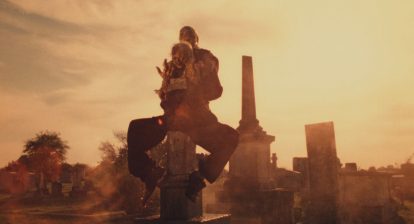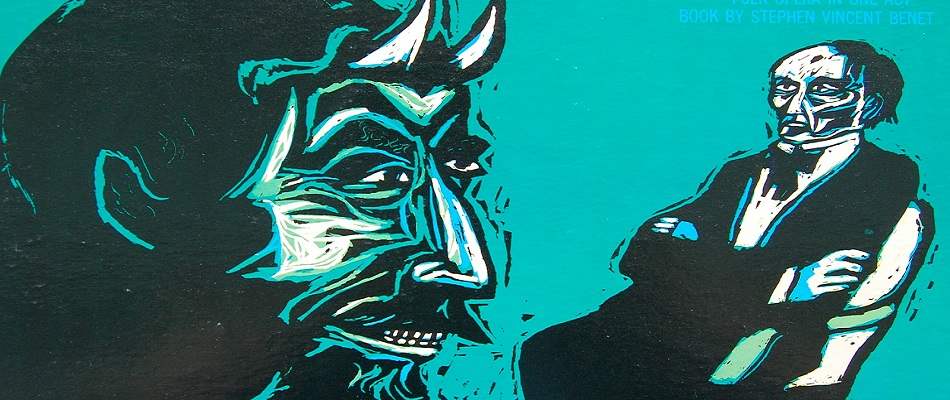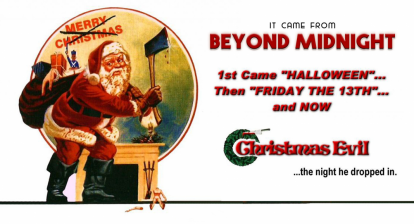Behold Al-Azif, the Book of Dead Names. The sounds you hear are the nocturnal howlings of demons and the buzzing of thousands of insects. The Greek roughly translates to, “the Image of the Laws of the Dead”. Known by multiple monikers across the Cthulhu Mythos, H.P. Lovecraft’s Necronomicon has gripped the collective consciousness of horror fans since its first mention in his short story, The Hound, featured in the February ‘24 Edition of Weird Tales.
The book conjures only madness and doom for those who dare explore its passages. Penned by Abdul Alhazred, the dreaded grimoire has seeped from page into reality and blurred the lines of fact or fiction henceforth. Nefarious though the tome of necromancy may be, there are other oddities within the Mythos with equally eerie pasts and similar sinister results. Below is a brief compilation of five antiquities of intrigue, each subjectively worse than the Necronomicon.
Also see: Things Unseen: Why it’s so Hard to adapt H.P Lovecraft to film
Nameless Cults
Unaussprechlichen Kulten, the Black Book, or Nameless Cults, was written by fictional occultist and author Friedrich Wilhelm Von Juntz. It appears in two stories by master of Sword and Sorcery, Robert E. Howard, The Children of the Night and The Black Stone. The true words are said to have been lost in translation through the ages. It’s rumored the original German script provided hieroglyphs and incantations guiding the reader in summoning the Great Old One Ghatanothoa. Ghatanothoa is a Gorgon-like creature whose gaze will turn those unfortunate enough to read and call from the Black Book to stone.
The pulsating stone of the Assyrian King, beautiful yet murderous, illuminated the rooms of readers in the December 1936 edition of Weird Tales in Robert Howard’s short The Fire of Asshurbanipal. In true Howard fashion, this yarn features two desert adventurers fleeing a group of Bedouin bandits in search of a lost city holding a secret treasure. This treasure proves to be the crimson ruby of Kara-Shehr, the stone which seeps screams and black smoke, cursed jewel of a fallen king, the Fire of Asshurbanipal. The wizard Xuthltan removed the object from deep within a cavern many moons ago. It’s said Djinn cursed the stone when the desert was young. All who behold its beauty are destined to perish as the skeleton of the King himself stands testament, the fire of Assurbanipal, blazing brilliantly about his neck.
You can read The Fire of Asshurbanipal for free here.

The Book of Eibon
The mysterious and elusive Book Of Eibon was crafted by Clark Ashton Smith, though it didn’t see the printing press until the late 19th century. Until then, it had been passed down orally throughout the ranks of many Nameless Cults before man was shackled by civilization. A scroll too terrible for inscription, the editions now in circulation are rumored incomplete at best. Though one of the translations does contain an accurate spell to inflict one with the “Green Decay,” turning the cursed into a mindless zombie, vulnerable to the sun’s rays. The Book of Eibon is mentioned in several of Lovecraft’s stories, such as The Shadow Out of Time, The Haunter of The Dark, and Dreams in the Witch-House.

The Animated Sword
Born of a Benares Blacksmith, the jewel-studded scimitar of Clark Ashton Smith’s The Animated Sword doesn’t enable the weilder to call forth denizens of the dark or march one to madness. However, a sharply curved steel blade with a mind of its own presents a much more traditional problem. The blade was forged in the City of Decran under the rule of a powerful Warlord. Amaru Cheynab, the famed Hindu swardsmith flaunted the blade blessed by the spells of Silvan priests. Legend says the user could recall the sword to themself in times of need.
The narrator of the tale attempts to purchase the relic from an unwilling merchant in a bazaar. The seller shares the story of the sword, recounting how his friend was killed shortly after purchasing it. While mounted upon the wall, within sight of both men, the blade awakens and flings itself across the room, finding a hilt within his friend’s chest. Much like the Necronomicon, the merchant claims the blade is possessed by a devil.

The Hound Amulet
Peering at the reader from within the pages of the Necronomicon itself, the hound amulet originates in the same tale as the Al-Azif. The symbol represents the necro-cannibalistic cults of the central Asian plateau of Leng. The image depicted on the amulet is described as pseudo-canine, almost sphinx-like. In Lovecraft’s The Hound a not-so-dynamic duo of graverobbers raid the tomb containing the remains of a Ghoul, the hound amulet gripped in its fist. Note that throughout their intrusion a hound can be heard baying in the distance. Those who possess the relic are plagued by a series of unlucky events until the amulet, its owner, or the hounds of said owner eventually claims their life. Perhaps it would be wise to exit the crypt with an empty pocket, and a thankful heart. Clearly the Necronomicon isn’t the only damned object within the world of weird tales.

Follow us on our social media! Twitter, Facebook, Instagram, or Youtube.







